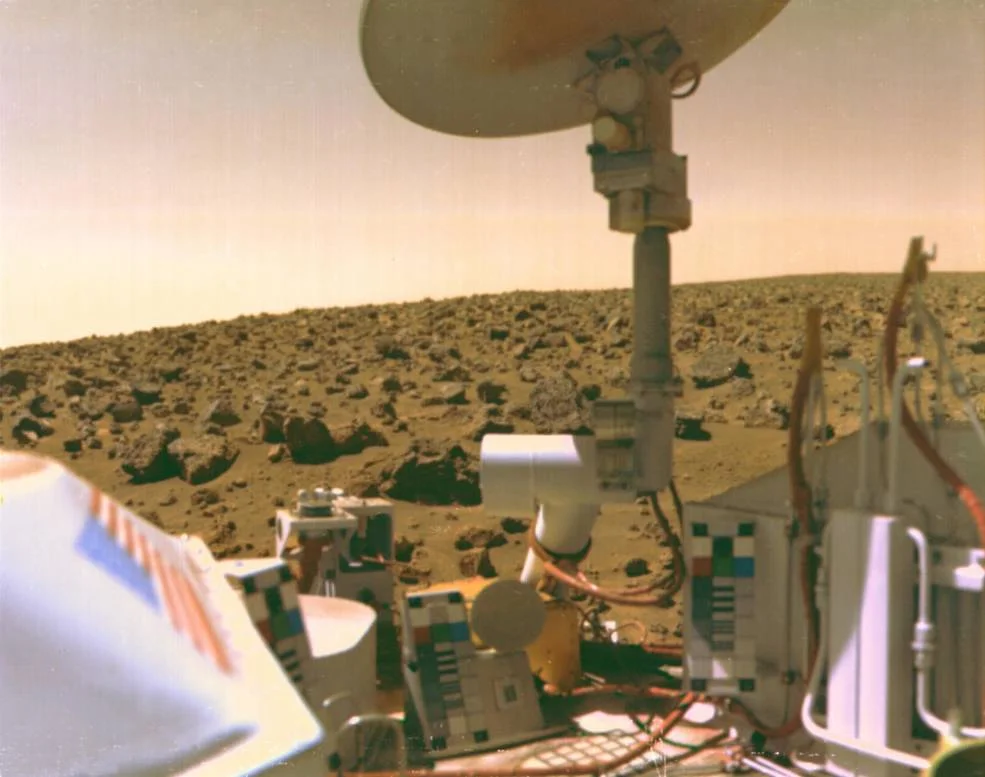NASA Langley turns 100 today
Excerpt is from NASA.gov
On July 17th 1917, the National Advisory Committee for Aeronautics was establish in Hampton, VA as the first civilian aeronautics research facility which eventually came NASA Langley in 1958.
Langley researches developed the wing shapes still used today in airplane design. Better propellers, engine cowlings, all-metal airplanes, new kinds of rotorcraft and helicopters, supersonic and hypersonic vehicles-these were among Langley’s many groundbreaking aeronautical advances spanning its first decades.
Full Scale Wind Tunnel
During World War II, Langley tested panes like the P-51 Mustang in the nation’s first wind tunnel built for full-size aircraft. The changes made to warplanes like the P-51 decreased fuel use and increased speeds: a combination that helped the win the war.
As Langley engineers pushed the aeronautics envelope, they partnered with the military on the Bell X-1, an experimental aircract that would fly faster than the speed of sound. Then-Air Force Captain Chuck Yeager piloted the X-1 into history, becoming the first person to break the sound barrier.
But that wasn’t fast enough, so researchers went back to work in Langley wind tunnels. Follow-on high-speed research would extend the reach of American aeronautics into the once-thought impractical fields of supersonics and hypersonics. By 1959, The X-15 would rocket hypersonic speeds, traveling five times faster than sound, paving the way for manned spaceflight. Data gathered during X-15 flights would directly contribute to the creation of the U.S. space program.
X-15, rocket powered plane traveling at hypersonic speeds
Working in isolation on Virginia's Eastern Shore beaches, Langley scientists and engineers solved vexing rocket-launch issues, distilling expertise from among a small team that would eventually create America's manned space program.
Concerns over potential Soviet domination of space transformed the NACA into the National Aeronautics and Space Administration: NASA. As a moon landing became America's Space Race goal, Langley tackled the many challenges of spaceflight, train astronauts, managed Project Mercury, and assumed major roles in both the Gemini and Apollo programs.
Neil Armstrong Practicing Lunar decent under the Gantry at NASA LaRC
Langley led the Lunar Orbiter initiative, which not only mapped the moon, but chose the spot for the first human landing. Langley aerospace engineer John Houbolt championed the lunar-orbit rendezvous concept, enabling the Apollo 11 moon landing and the safe return of its crew to Earth.
Neil Armstrong, the first human to set foot on the lunar surface, trained at Langley's Lunar Landing Research Facility on equipment that cancelled all but one-sixth of Earth's gravitational force to match that of the moon's. In all, 24 astronauts practiced lunar landings at this facility, the base of which was modeled with fill dirt to resemble the lunar pitted surface.
Closer to home, as planes flew higher and faster, raising concerns about environmental impact, NASA science went airborne and, eventually, orbital. NASA's space shuttle was an essential step on that journey. Langley evaluated shuttle designs, improved materials, and tested landing systems crucial to all 135 shuttle missions. Easier access to space meant more satellites, satellites that could be used to observe Earth's atmosphere from above.
A better understanding of Earth's atmosphere would lead to work on how best to touch down on other worlds. With the Viking 1 landing in 1976, Langley led the first successful U.S. mission to the surface of Mars, setting the stage for subsequent Red Planet exploration. Another milestone occurred in August 2012, with the successful landing of the Mars Curiosity rover, whose heat shield included a suite of advanced sensors developed by and at Langley.
NASA's Space Launch System, or SLS, is a powerful, advanced launch vehicle for a new era of human exploration beyond Earth orbit. With its unprecedented power and capabilities, SLS will launch crews of up to four astronauts in the agency's Orion spacecraft on missions to explore multiple, deep-space destinations.
Your looking at the first Martian photograph taken from the Viking 1 lander, design and built at NASA LaRC





